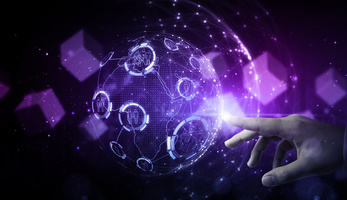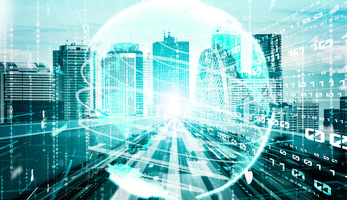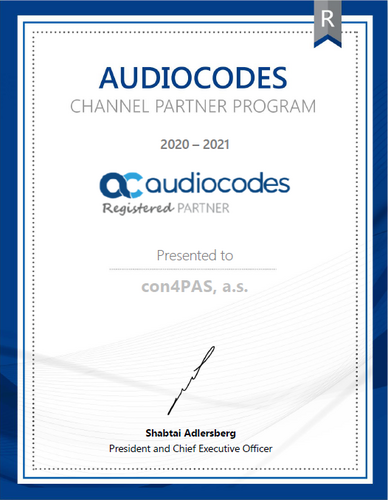
In a world where supply chains are as fragile as the global economy itself, a new kind of connection is reshaping how companies work together – the digital business network. It’s no longer just about faster document exchange or simplified invoicing. It’s about connecting companies, partners, and suppliers into one living ecosystem that grows, reacts, and creates value in real time.

What does a truly effective procurement organization look like? One that is agile, data-driven, and ready for market shifts? SAP Ariba’s latest benchmarking report offers answers — based on real-world results from hundreds of organizations worldwide. The data highlights how digitization, when done well, delivers measurable benefits across the entire procurement lifecycle.

Procurement is no longer defined by cost savings alone. In today’s environment of geopolitical turbulence, economic uncertainty, and rapid technological change, procurement leaders are being called upon to deliver much more than financial efficiency. A new global study by Economist Impact—based on responses from over 2,000 C-suite executives across 23 countries—highlights how procurement is evolving to meet these challenges.

The release of 2511 of SAP Ariba cloud solutions introduces many interesting functionalities. The release is available from 15.11.2025.

Implementing an AI chatbot goes far beyond technology. It’s about crafting a system that delivers real value, guides users effectively, and evolves with organizational needs. Drawing on the 10 key principles outlined in the guide, we explore lessons learned from practical implementations, providing insights into design, deployment, and long-term management of AI-powered conversational tools.

In today’s volatile environment, companies face unprecedented pressure to deliver exceptional customer experiences that build loyalty and drive growth. Yet as expectations rise, so does the complexity of meeting them. This article explores key insights from a recent SAP and IDC study, revealing the technology gaps, strategic shifts, and practical next steps businesses must take to succeed in the future of customer experience (CX).



